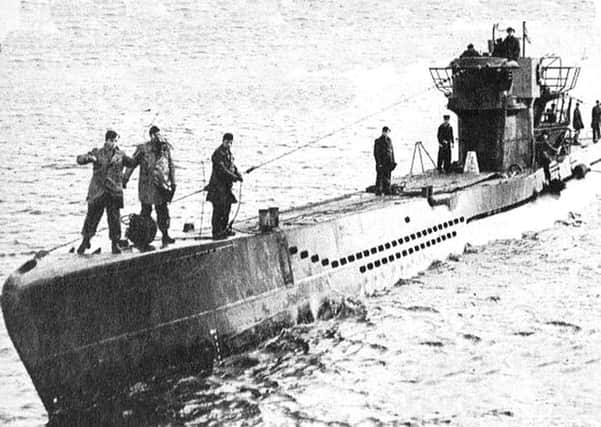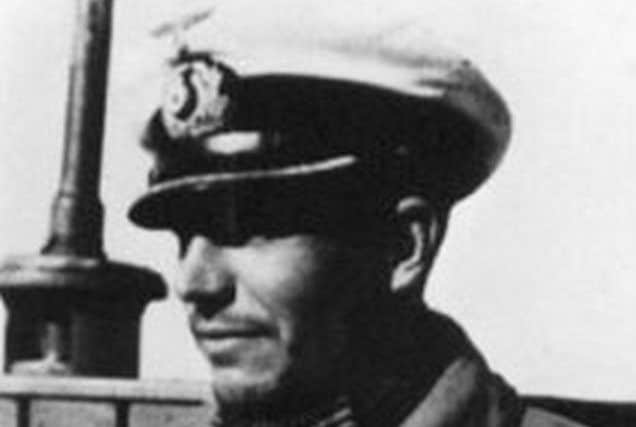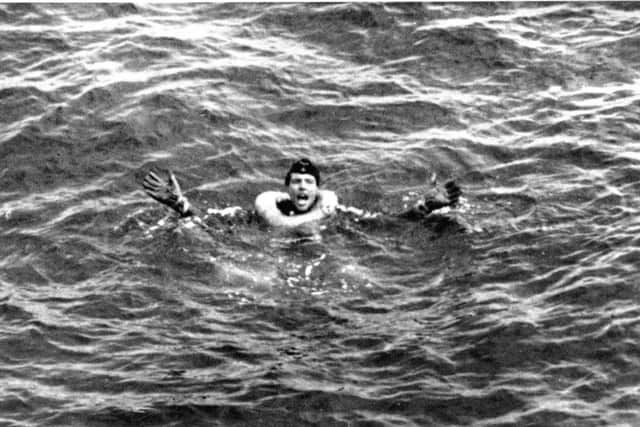The Nazi U-boat sunk by a toilet malfunction


U-1206 was part of the VIIC series, an advanced class of German submarine designed to evade detection and sink enemy convoys with deadly efficiency.
For its time, it was a hi-tech machine fitted with all the latest gadgetry and on board conveniences - including a state-of-the-art toilet facility.
Advertisement
Hide AdAdvertisement
Hide AdRather than follow the British method of storing sewage in septic tanks on board the vessel, German engineers had developed a high pressure system which saved valuable space and weight by ejecting waste directly into the sea. However, the system only worked properly when the sub was on or near the surface - not exactly ideal if you were submerged for long stretches, which was often the case during wartime.


It was also quite complicated and fiddly to use, as Karl-Adolf Schlitt, captain of U-1206, found out for himself on a fateful trip to the bathroom on 14 April 1945.
Schlitt and his crew were just nine days into their maiden voyage on board U-1206 when a trip to the toilet went very badly wrong.
After failing to work out how to operate the flush mechanism, Captain Schlitt called for help. Unfortunately the engineer who came to his assistance accidentally turned the wrong valve, and the cabin began to fill up with a mixture of seawater and human waste.


The vile cocktail then leaked into the submarine’s battery compartment located directly below, causing a chemical reaction which began to release lethal amounts of chlorine gas.
Left with no other option, Captain Schlitt ordered the crew to blow the ballast tanks and head for the surface. The U-boat’s torpedoes were fired to shed extra weight and increase buoyancy.
But as U-1206 appeared from the depths, it was spotted by a Royal Air Force patrol who began to open fire. The crew scrambled for the dinghies, while Captain Schlitt ordered the U-boat to be scuttled and any secret equipment on board to be destroyed.
Advertisement
Hide AdAdvertisement
Hide AdFrom the 40 on board, four crew members drowned. The rest were taken as prisoners of war. Some of the men managed to survive the perilous ten mile journey to the Peterhead coast before being apprehended.


Captain Schlitt’s official statement read as follows: “I was in the engine room, when, at the front of the boat, there was a water leak. What I have learned is a mechanic had tried to repair the forward WC’s outboard vent.
“The engineer who was in the control room at the time managed to make the boat buoyant and surfaced, despite severe flooding.
“Meanwhile the batteries were covered with sea water. Chlorine gas started to fill the boat.


“We were then incapable of diving or moving. At this point, British planes and patrols discovered us. I let the boat sink.”
In May 2012, a team of divers dived to a depth of 86 metres to explore the wreckage of U-1206. Located 12 miles off Cruden Bay in Aberdeenshire, the submarine was said to be in very good condition despite the fact it had lay on the seabed for over six decades.
Captain Karl-Adolf Schlitt died in 2009 at the age of 90.
